Mysteries of AI-Driven Digital Art Generation
Unlock the Mysteries of AI-Driven Digital Art Generation
Understand the Intricacies of Art Creation Using Artificial Intelligence
Welcome to the world of AI-assisted art generation, where advanced technology and creativity fuse, transforming the art scene.
This article will shed light on how artificial intelligence has shaped and will continue to shape the digital art world. We'll take a journey into the compelling world of AI-assisted artistic style transfer and how you can tap into the power of AI to boost your digital artistry.
With technological advancements, we're stepping into a new era where the realm of art and AI intersect, opening up a world of limitless possibilities.
Remember, 'Art is a harmony parallel with nature.' - Paul Cezanne. Now, with AI, this harmony reaches new heights.
Key Takeaways
Understanding the Role of AI in the Modern Art Scene
Artificial intelligence (AI) has been making waves in various sectors, and the field of digital art is no exception. The fusion of AI and creative artistry has paved the way for innovative techniques in the creation of digital art, rather than just explaining the process. It's not just a tool, but a game-changer in the artistic sphere, offering a fresh outlook and opening doors to unique artistic expressions.
Looking ahead, the influence of AI in reshaping the boundaries of digital art is becoming more apparent. It's not just a passing trend but a promising sign of the dynamic future of digital art, propelled by the consistent progress in AI technology.
To quote a modern digital artist, 'AI isn't just a tool; it's shaping the future of art, one pixel at a time.' This statement perfectly encapsulates the impact and potential of AI in the artistic world.
With AI, we're witnessing a shift in the way art is perceived and created. It's an exciting time for digital artists who are now empowered with new techniques and tools to express their creativity like never before.
The Evolution of AI in Digital Art
Artificial Intelligence and Its Role in Digital Artistry
You've likely observed the significant changes that artificial intelligence (AI) has brought to the field of digital art in the last ten years. Initially, AI was just a gadget used for basic image alterations. Today, it's a dominant player in the production of authentic art pieces. This shift has been made possible by the growth in computer processing capabilities, access to data, and the creation of intricate AI models.
These AI systems, armed with intricate algorithms and machine learning techniques, can scrutinize a massive amount of data, learn from the patterns, and produce breathtaking pieces of digital art. They can now create pieces that emulate realism, conjure up abstract designs, or even imitate the styles of renowned artists.
For instance, the AI model DALL-E, developed by OpenAI, can create images from textual descriptions, providing artists with a new tool to express their creativity.
The potential of AI doesn't stop here. As it continually refines its artistic skills, it's set to change the way we produce and value digital art.
As Sarah Ellis, Director of Digital Development at the Royal Shakespeare Company, once said, 'In the intersection of art and artificial intelligence, we find a space where human creativity is expanded, not replaced.'
This quote encapsulates the exciting journey we're on, witnessing the transformative role of AI in digital art.
Understanding AI-Driven Artistic Style Transfer
Let's move forward and get a grasp on the intriguing concept of artistic style transfer assisted by AI, a topic that builds on from our earlier conversation. Artistic style transfer backed by AI is a process that uses the aesthetic of one image, which we'll refer to as the style image, to another image, or the content image, all facilitated by artificial intelligence.
This method pulls in the power of deep neural networks, primarily convolutional neural networks, to draw out features from both the style and content images.
The aim is to alter the content image to mirror the style of the style image, allowing AI models to create visually captivating and distinct pieces of art. The winning factor of style transfer is how these networks manage to hold onto and change the core visual elements like color, texture, and shape. This is done in such a way that it maintains the content of the original image while integrating the artistic style desired.
As an example, think about a classic black and white photo of a cityscape. Now imagine applying the vibrant, swirling colors of a Van Gogh painting to that cityscape. That's the magic of AI-driven artistic style transfer. In the words of a renowned AI researcher, 'Art and AI have the power to create something new from something familiar.'
Exploring AI-Powered Tools for Digital Artists
AI-Enabled Tools for Digital Artists: A New Age of Creativity
As you acquaint yourself with the arena of digital art powered by AI, continue to examine the potential of using AI-enabled tools to transform your artwork. These tools, tailor-made for digital creators, offer a variety of features and capabilities that can redefine your creative process.
Here are four ways AI-enabled tools can push your digital art beyond conventional boundaries:
Artistic drawing aids: AI-enabled tools can guide you in crafting detailed sketches by offering insights and advice tailored to your style and taste.
Smart color selection: Forget the tedious process of experimenting with colors. These AI tools can study your artwork and recommend color schemes that perfectly match your work.
Instant style adaptation: Modify your artwork in real time with AI's style adaptation algorithms, allowing you to try out different artistic styles and create one-of-a-kind visual experiences.
Advanced image editing: AI tools offer sophisticated image editing features, like image enlargement, noise reduction, and object deletion, enabling you to fine-tune and perfect your digital art with ease.
Incorporating these AI-enabled tools into your creative routine opens up new avenues and expands your creative horizons.
Next, we'll examine how AI can further impact the art world.
As Steve Jobs once said, "Innovation distinguishes between a leader and a follower." Let's lead the way in embracing the innovation that AI brings to the world of art.
Unleashing the Creative Potential of AI in Art
The Innovative Use of AI in the Realm of Art
Art and AI are coming together, creating a brand new space for artistic expression. The effect of Artificial Intelligence on various sectors is undeniable, and art is becoming a significant part of this narrative. AI's potential in art is marked by its ability to sift through enormous data, identify patterns, and create content that's unique and exciting.
Artists are finding that AI can be a useful tool in their creative process, providing new ideas, suggesting potential compositions, and even creating complete pieces of artwork. The collaboration between AI and human artists results in improved art and ignites fresh ideas. The scope of AI's creative capabilities within art is extensive and continues to expand, providing artists with endless possibilities to grow and transform the art scene.
As we move forward into the future of digital art influenced by AI, technological advancements will continue to stretch the limits of what we thought was possible. The upcoming section will discuss the potential impact of AI on the art industry and the thrilling opportunities it presents.
The Future of AI in Digital Art
The Role of AI in the Evolution of Digital Art
Art is a vibrant reflection of society, and with the integration of modern technologies like artificial intelligence (AI), it's continuously evolving. AI's role in digital art is set to expand and redefine the conventional techniques of artistry. Let's discuss four major areas where AI is predicted to bring about significant changes in the digital art field:
Fostering Creativity: AI algorithms can offer artists a fresh perspective by producing original and inventive ideas. This can challenge the traditional norms of artistic methods, thereby infusing a new level of creativity in digital art.
Facilitating Remote Collaboration: With AI-based tools, artists situated in various locations can collaborate effectively. These tools enable real-time exchange of feedback and ideas, promoting an interactive and collective artistic process.
Tailoring Art Experiences: AI algorithms have the capability to analyze individual user preferences and accordingly curate personalized art suggestions. This ensures a more engaging and custom-tailored digital art experience for users.
Securing Art's Legacy: AI can be instrumental in preserving and restoring digital artworks. This ensures the durability of these artworks and allows forthcoming generations to appreciate and learn from these masterpieces.
As we look ahead, the potential of AI in transforming the landscape of digital art is promising. With ongoing research and technological advancements, AI is bound to open up new avenues and redefine creativity in the realm of digital art.
As artist David Hockney once said, 'Art has to move you and design does not, unless it's a good design for a bus.' This quote aptly sums up the exciting possibilities of intertwining AI with digital art in producing moving and evocative masterpieces.
Frequently Asked Questions
How Does Ai-Driven Digital Art Generation Impact the Traditional Art Industry?
The influence of AI-driven digital art creation significantly reshapes the traditional art industry. It streamlines repetitive tasks, amplifies creative potential, and opens up new horizons. Artists can experiment with novel mediums, styles, and techniques, fostering an environment for artistic progress and collaboration.
In the current era, where technology is deeply woven into our lives, the art industry is no exception. The introduction of AI into the art world isn't just about changing the tools artists use but also transforming the way art is conceived and produced.
For example, artists no longer need to spend hours on mundane tasks like sketching outlines or mixing paints. Advanced software can now handle these tasks, freeing up the artist's time for more conceptual and creative work. This not only increases productivity but also allows for a greater focus on the conceptual side of art.
Moreover, AI opens up an entirely new field of possibilities. With AI, artists can experiment with styles and techniques that would be impossible or incredibly time-consuming by hand. This fosters an environment of innovation and progress, pushing the boundaries of what is considered 'art'.
Finally, AI promotes collaboration in the art world. Artists can share and combine their styles and techniques digitally, creating entirely new pieces of art. This promotes a sense of community and progression, as artists learn from each other and grow together.
As one artist put it, "AI is not a tool to replace the artist, but a partner to inspire and challenge us. It is a mirror, reflecting our creativity in ways we never thought possible."
Thus, the advent of AI in the art sector is not a threat but an opportunity. It is a catalyst for innovation, creativity, and collaboration, pushing the boundaries of what is possible in art.
Can Ai-Driven Artistic Style Transfer Be Used to Mimic the Style of Any Artist?
Certainly, with the help of machine learning algorithms, AI's potential in the field of artistic style transfer is truly fascinating. It's capable of studying and picking up on the distinctive style of any given artist. It then utilizes this understanding to create and reproduce artwork that closely mirrors the original artist's style.
Why is this important? In the world of art, an artist's style is their signature. It sets them apart and makes their work recognizable. Now, imagine the possibility of having a tool that can accurately replicate the style of any artist. This could open up new vistas in art creation and even art education.
For instance, art students could use such technology to better understand the intricacies of an artist's style. They could generate numerous artworks in the style of an artist they're studying, allowing them to observe and learn the nuances of the artist's technique in a hands-on manner.
In the field of digital art, this could also be a game-changer. Digital artists could experiment with the styles of various artists, blending them together to create something truly unique.
As the renowned artist Pablo Picasso once said, "Good artists copy, great artists steal." AI and machine learning are proving to be powerful tools that could enable artists to "steal" in the most creative way possible.
However, it's important to remember that while machine learning can mimic a style, the creativity and vision behind an artwork are irreplaceably human. AI's role in the artistic process might be likened to a new kind of brush or canvas - a tool that can be used to facilitate the artist's vision, rather than replace the artist.
In a nutshell, AI's ability to mimic artistic styles is not just about replicating art. It's about expanding the tools available to artists, enhancing art education, and pushing the boundaries of what's possible in art creation.
Are There Any Limitations or Challenges Faced by Digital Artists When Using Ai-Powered Tools?
Digital artists occasionally encounter some obstacles while working with AI-assisted tools. These hindrances could encompass difficulties with precision, a perceived loss of creative autonomy, and the requirement for a hefty amount of training data.
How Can AI Be Used to Enhance the Creative Process for Digital Artists?
AI has the potential to positively impact your creative journey, supplying you with novel tools and methodologies, such as recognizing images and transferring styles. It can spark creativity, help manage monotonous tasks, and provide a fresh viewpoint, allowing you to probe and extend the limits of digital art.
The creative process is no longer limited by traditional constraints. The use of AI in digital art is a testament to the current trend of integrating technology into various facets of life. For example, AI tools can interpret images, enabling you to see your work from a different perspective. This can be especially helpful when you're stuck in a creative rut or need some fresh inspiration.
AI can also take over repetitive tasks, freeing up your time and mental energy for more complex and creative aspects of your work. This is particularly beneficial in digital art, where certain tasks can be time-consuming and tedious. For example, AI can automate the process of applying a specific style to multiple images, which can save you hours of work.
But perhaps the most significant benefit of using AI in digital art is its ability to offer unique perspectives. AI doesn't think like a human - it analyzes data and makes connections in ways that we can't. This can lead to unexpected and innovative results, pushing the boundaries of what's possible in digital art.
As the famous artist Pablo Picasso once said, "Computers are useless. They can only give you answers." But with AI, we're starting to see that computers can do much more than that - they can ask questions, provoke thought, and inspire creativity in ways we never thought possible.
What Are the Ethical Implications of Using AI in Digital Art Creation?
Reflecting on the current rise of AI, we should also ponder the ethical concerns surrounding the use of AI in digital art creation. These concerns primarily revolve around three key points: intellectual property rights, authenticity, and the possibility of AI outperforming human artists, which brings up debates about creativity and originality.
How important is it to protect the intellectual property rights of artists in an era where AI can produce similar or even identical work? It's not just about legal rights, but also about giving credit where it's due. It's a clear point to ponder.
Then, there's the question of authenticity. Can a piece of art created by AI be considered authentic? Or does it lack the human touch and personal expression that artists pour into their work? It's a complex debate, with no easy answers.
Lastly, the potential for AI to overshadow human artists also raises concern. Is there a risk of creativity and originality being consumed by machine-produced art? This is a question that we must consider seriously.
In the words of renowned artist Pablo Picasso, "Art is a lie that makes us realize the truth." So, in this context, can AI really create art that uncovers truth, or does it just reproduce patterns? This is an ongoing debate in the art and tech communities worldwide.
Conclusion
The growth of artificial intelligence (AI) in the realm of digital art has made complex artistic techniques more accessible. The intersection of AI and artistry has offered new methods for creating stunning digital art, rather than simply revealing how it's done. AI's ability to transfer artistic styles and the use of AI-aided tools are creating a new wave of opportunities for digital artists.
As we peer into what lies ahead, AI's role in redefining the limits of digital art becomes more prominent. It's creating a path for fresh and remarkable artistic expressions. This isn't simply a trend, but an indication of the exciting future of digital art, influenced by the continuous advancements in AI.
As one digital artist aptly put it, 'AI isn't just a tool; it's shaping the future of art, one pixel at a time.'


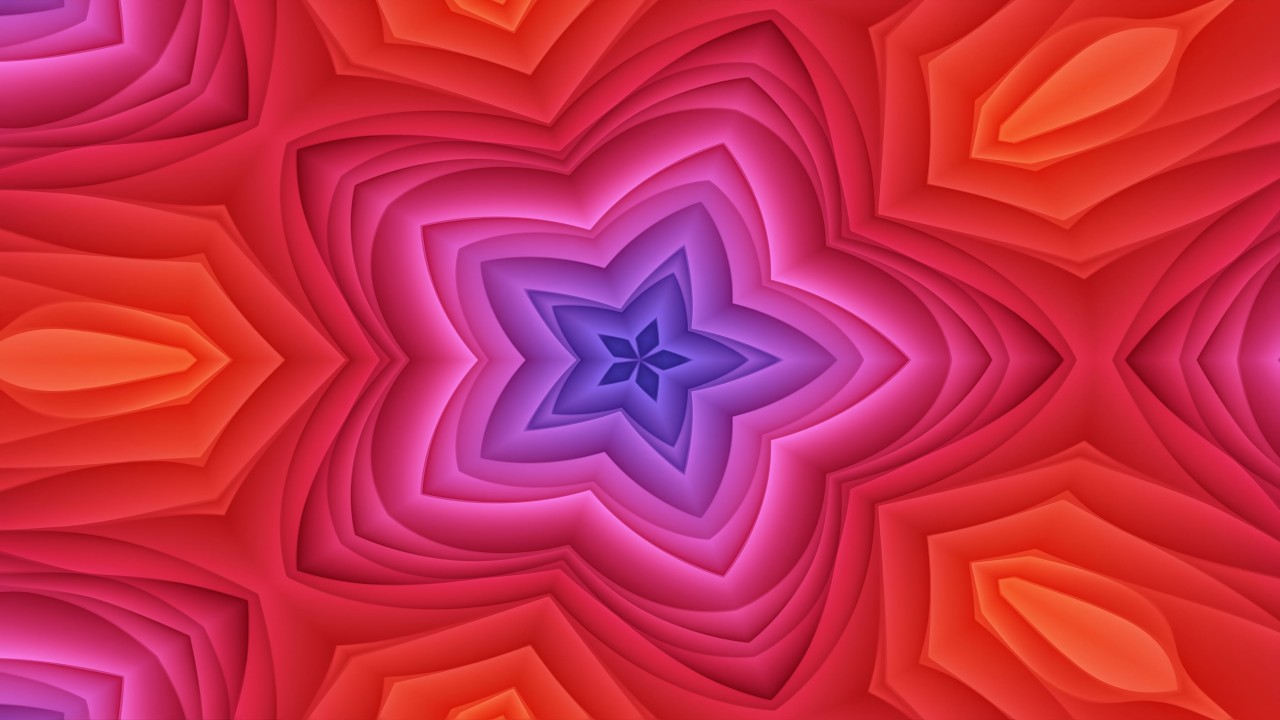
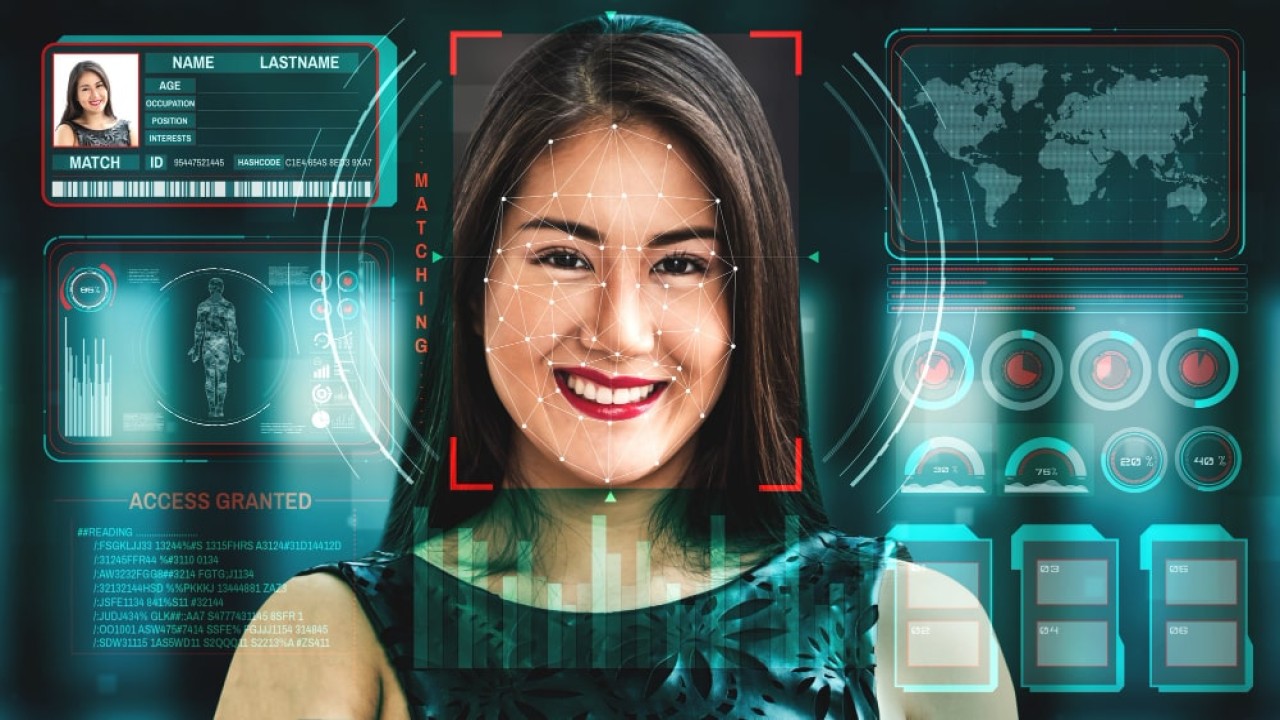
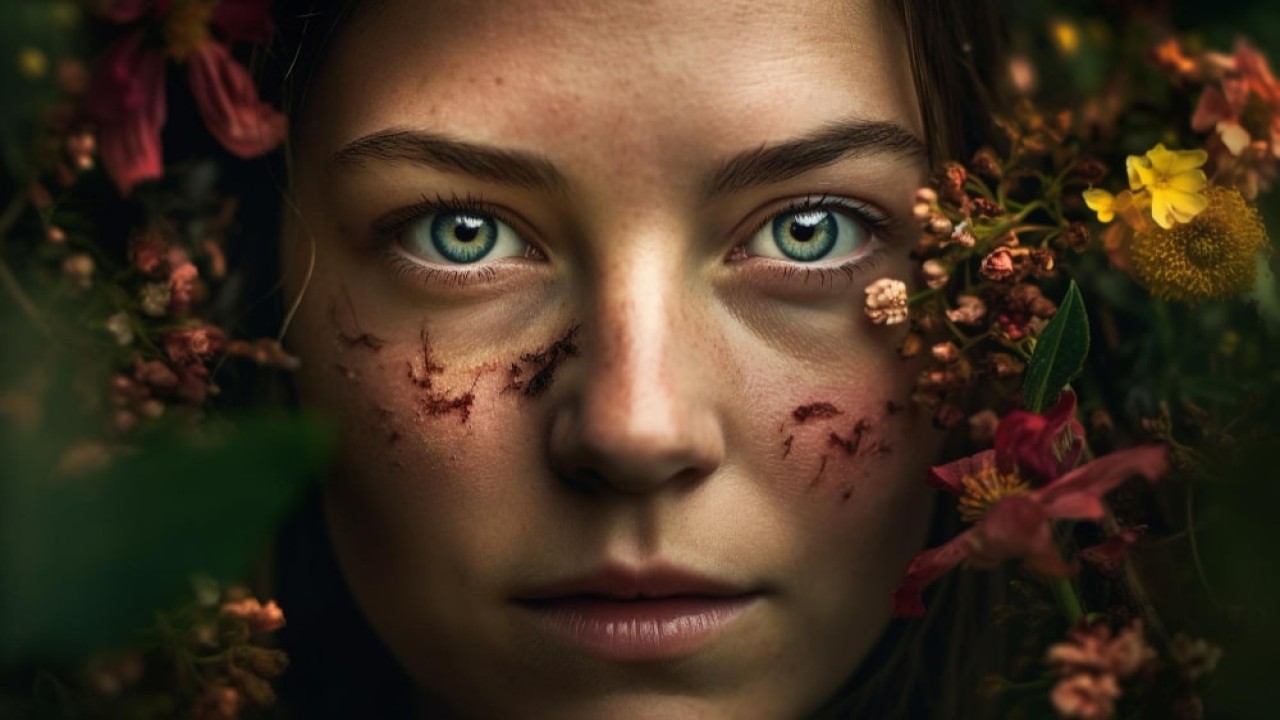
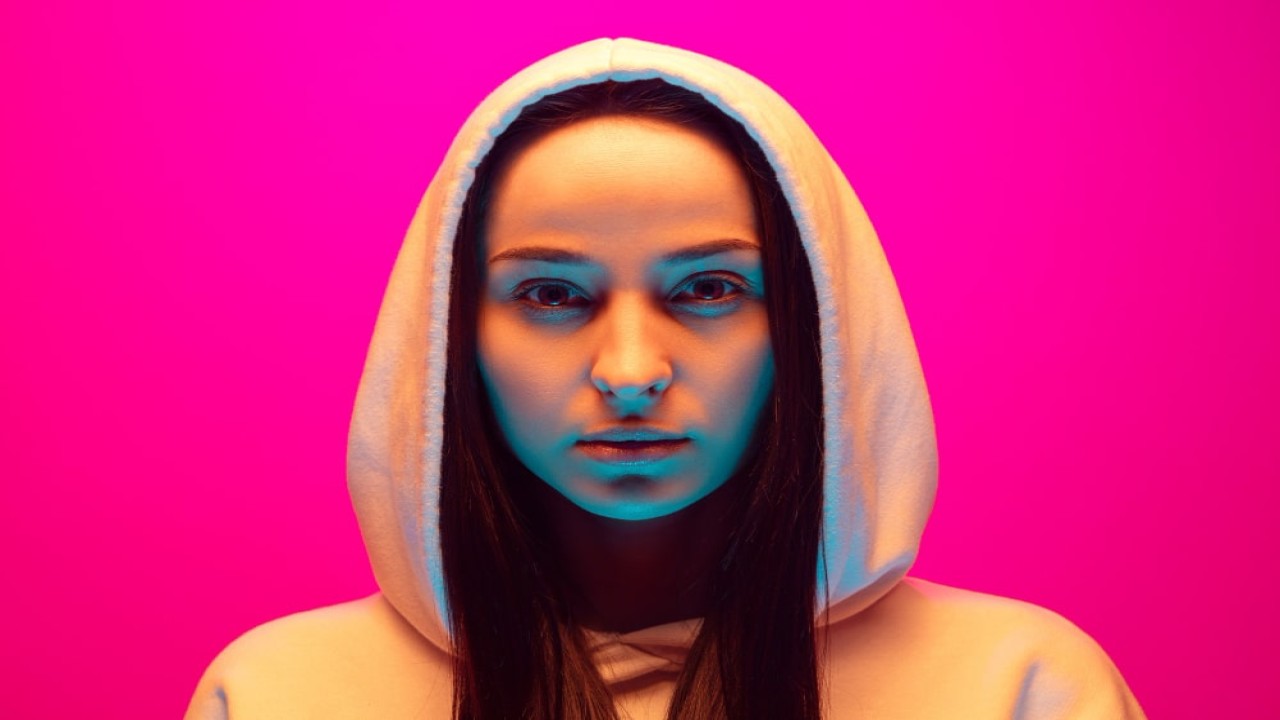
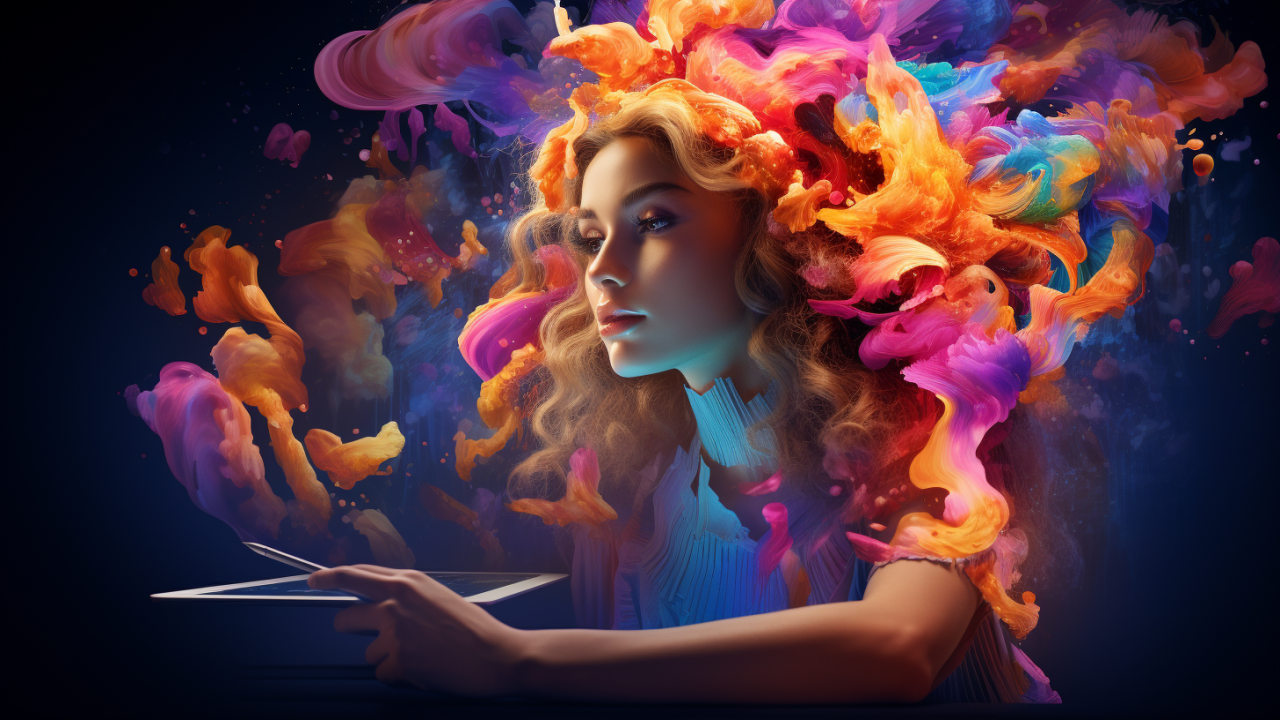
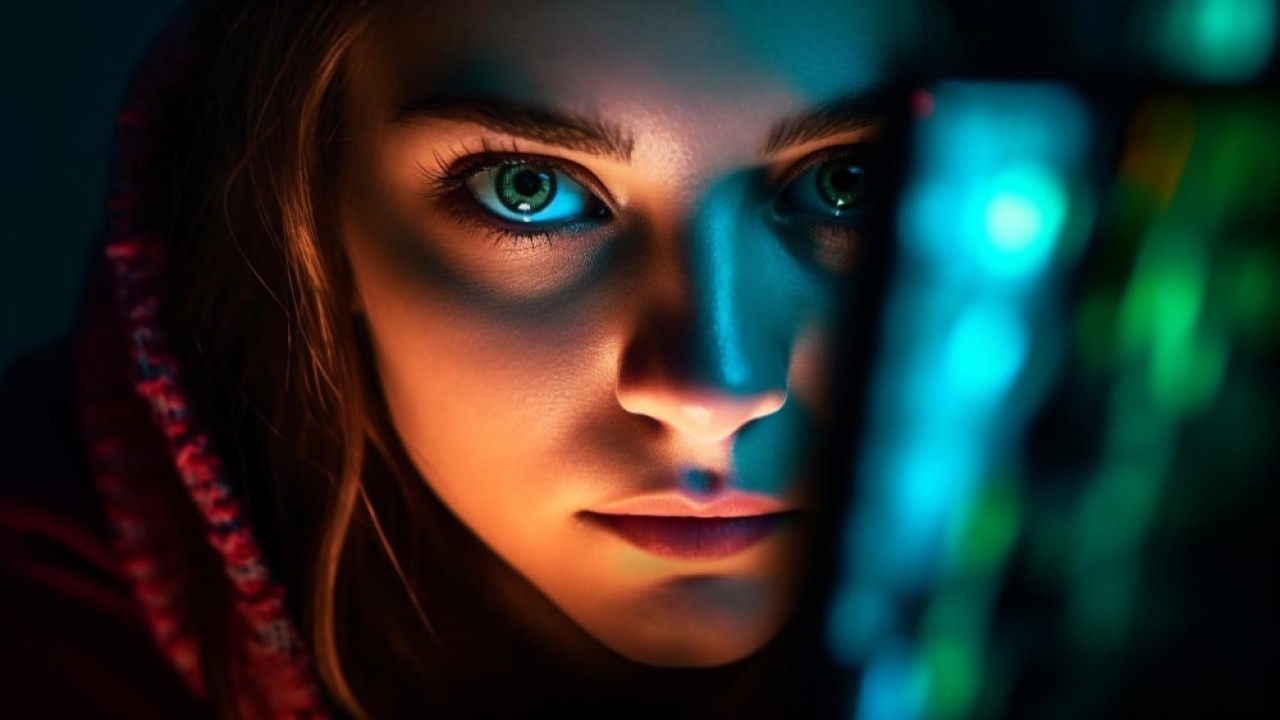
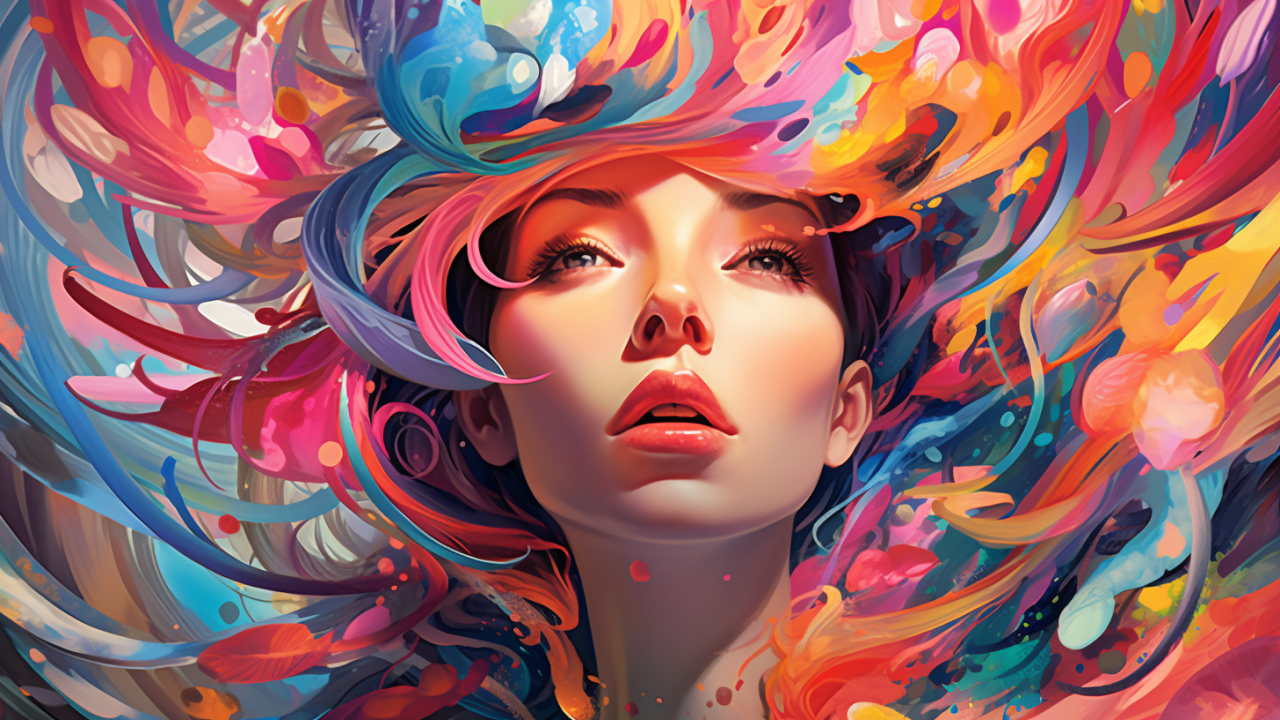
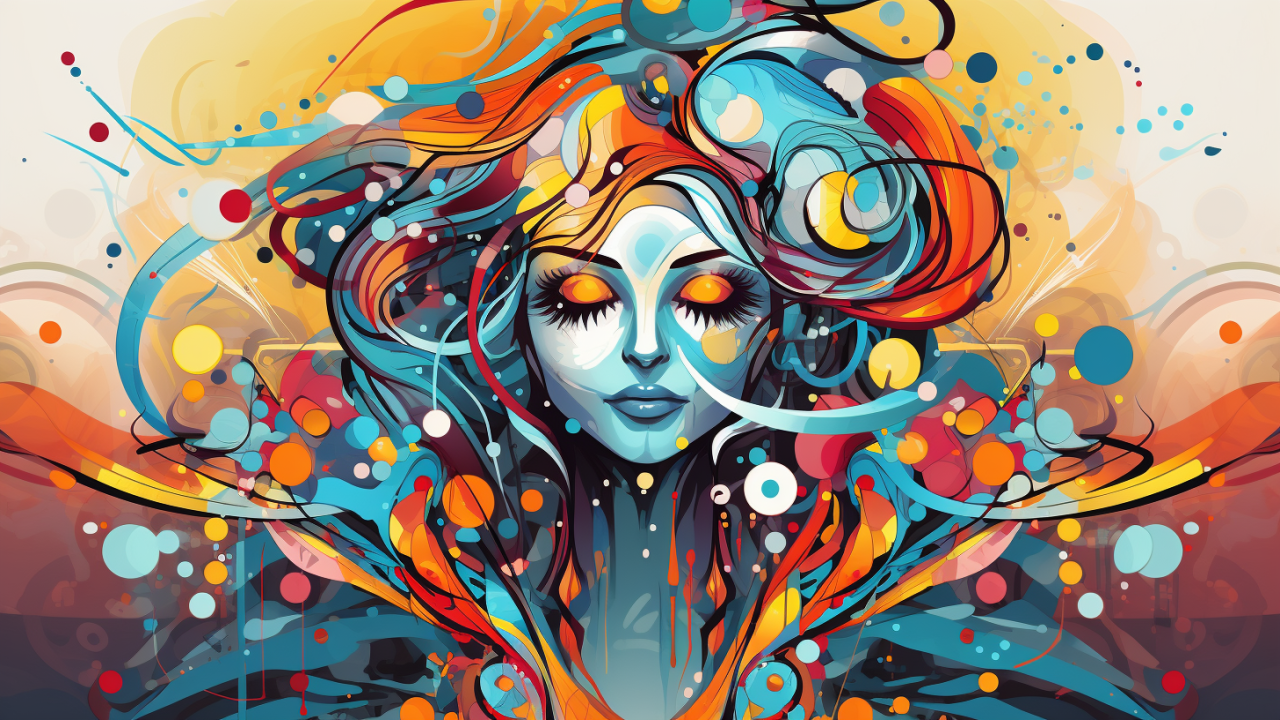
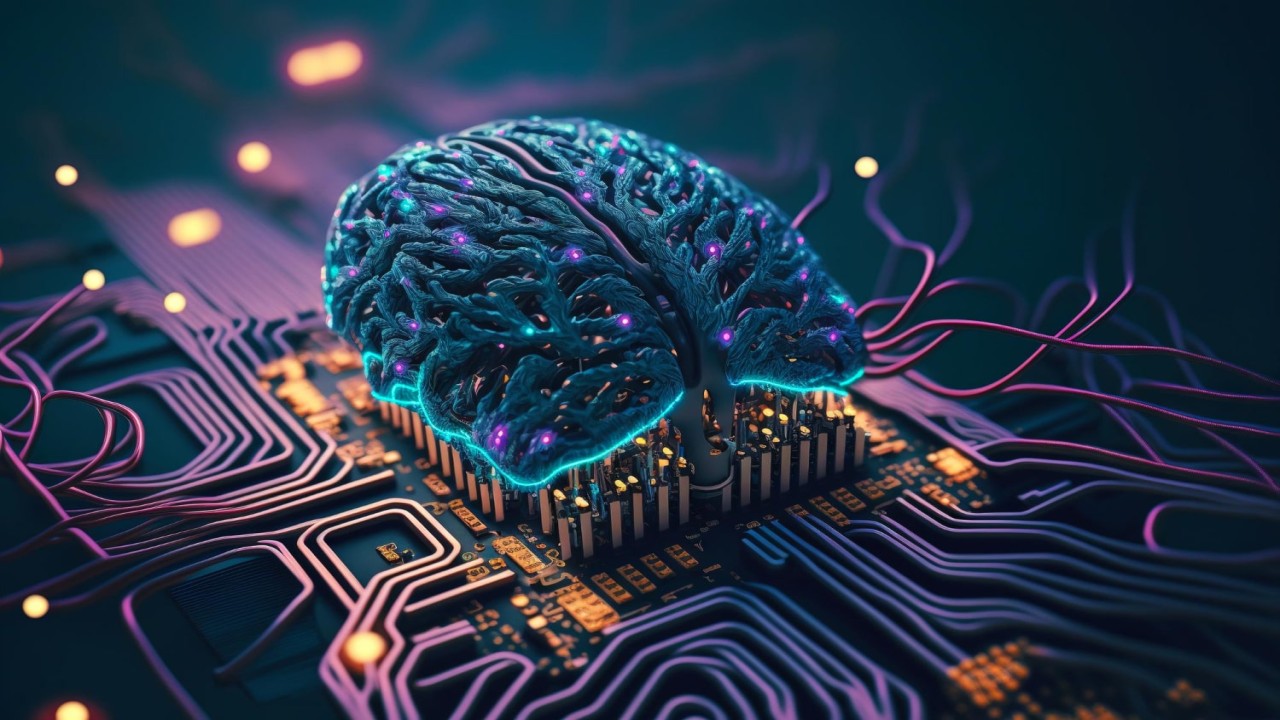
Comments (0)
No comments found